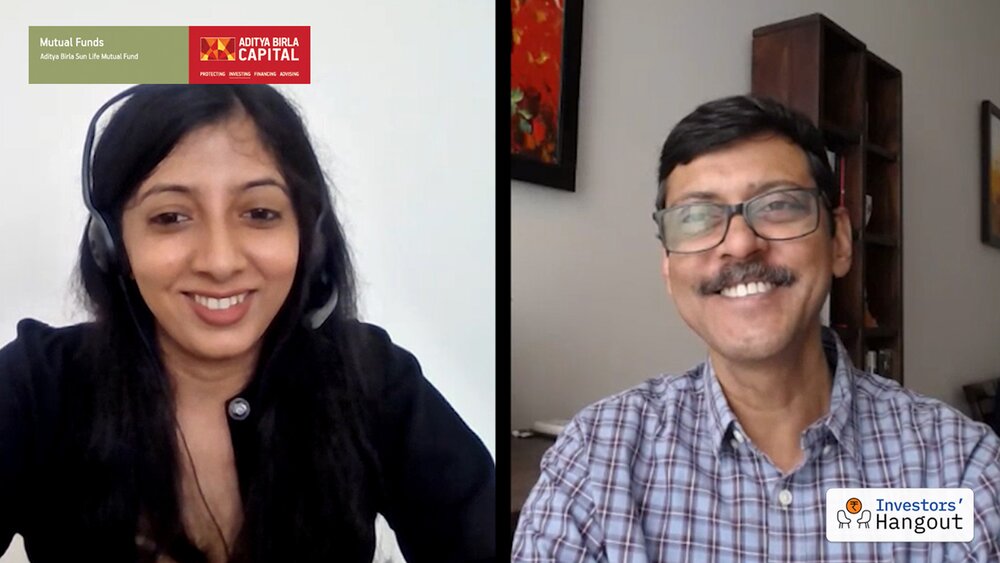Considering the current scenario, do you think mid and small caps will be able to deliver in one to two years? What is your opinion about it?
- Chandrasekhar
When it comes to the outlook for mid and small cap or even large cap, it doesn't matter. Good businesses with some dynamic configuration will do well. So, there will be good small, mid and large caps and also there will be bad companies across the market-cap spectrum. Hence, it is entirely a matter of selectivity. In fact, some of the good small-cap businesses will have the potential to become mid caps, while some of the good mid-caps businesses will have the potential to become large caps.
According to SEBI's definition, the top hundred companies are large caps, the next 150 are mid caps and the remaining are small caps. So, there could be good businesses that get bigger and there are good businesses that will remain in the small-cap category simply because that is how the business is designed. It is growing and making a lot of money but ranks lower than the 250th company by size. So, I would say that focus on good businesses and that is why you entrust your money to a fund manager.
I was looking at the universe of small caps. There are about 4,000 small-cap companies listed in the market and the mutual-fund universe of investment is about 537 companies only across all types of mutual-fund categories. But at the same time, one should not forget that relatively smaller sized businesses could be vulnerable. Having said that, some businesses have done very well, have been resilient enough, existed for 10-20 years, grown and still remain small.
What happened in the mid-, as well as small-cap universe, was that it was completely out of favour even before the onset of the crisis. So, if you look at the returns in 2018 or 2019, small and mid aps were hammered down, as the price of some of those companies was substantially high and were unable to sustain the growth. They were hammered down to a point where their prices became compelling. So, I think it is a reversion to mean. Selectivity also matters in this space. We find that the churn in small-cap funds is very sharp. Despite the growth of big 30-35 per cent
since the crash, especially in the last two-three months, still the 3-year and 5-year returns of these small-cap funds are not so impressive.
Right now we are witnessing some kinds of regulatory moves which may cause some differences in their performance. But as I said earlier, mortality of small caps tends to be higher and are at greater risk. Some of the companies may not be able to withstand the times we are going through and this is where selectivity comes into play. Small caps always come with their riders in terms of the kind of decline that you see in the short term, the kind of volatility in the earnings because they are small which also extends to their stock prices. We had seen small caps' deep decline in 2008 and some of the funds went down in value by about 80 per cent. Thus, an investment amount of Rs.100 reducing to Rs.20 is very unnerving.
Given all these, small caps are not meant for everybody. These funds are only for those who have been through all this and witnessed it. Yet if you see the annualised returns of some of these funds on a rolling basis over longer time frames, their returns still stack at the top.



